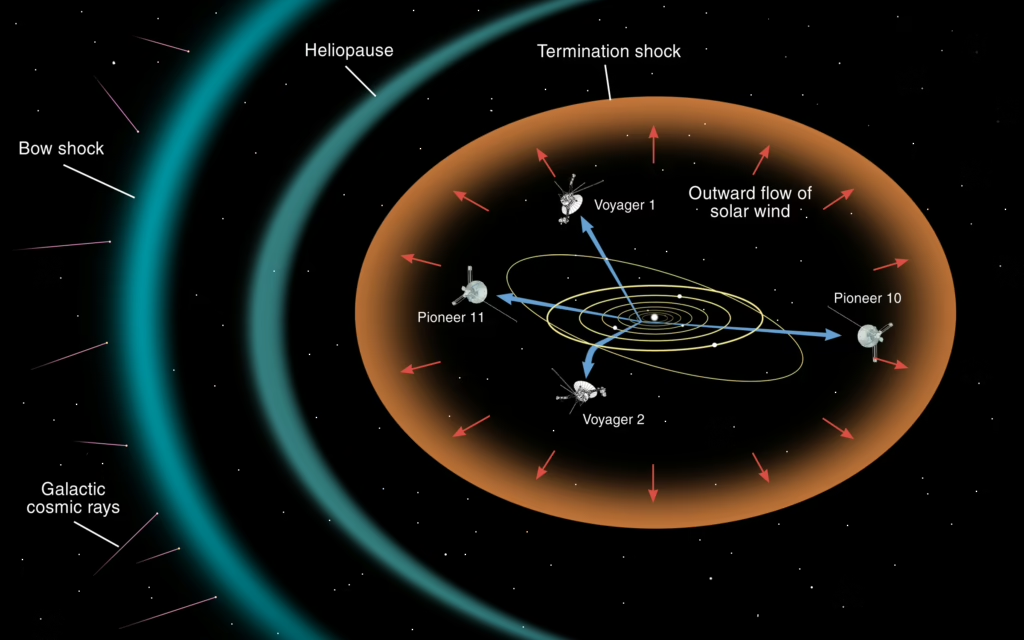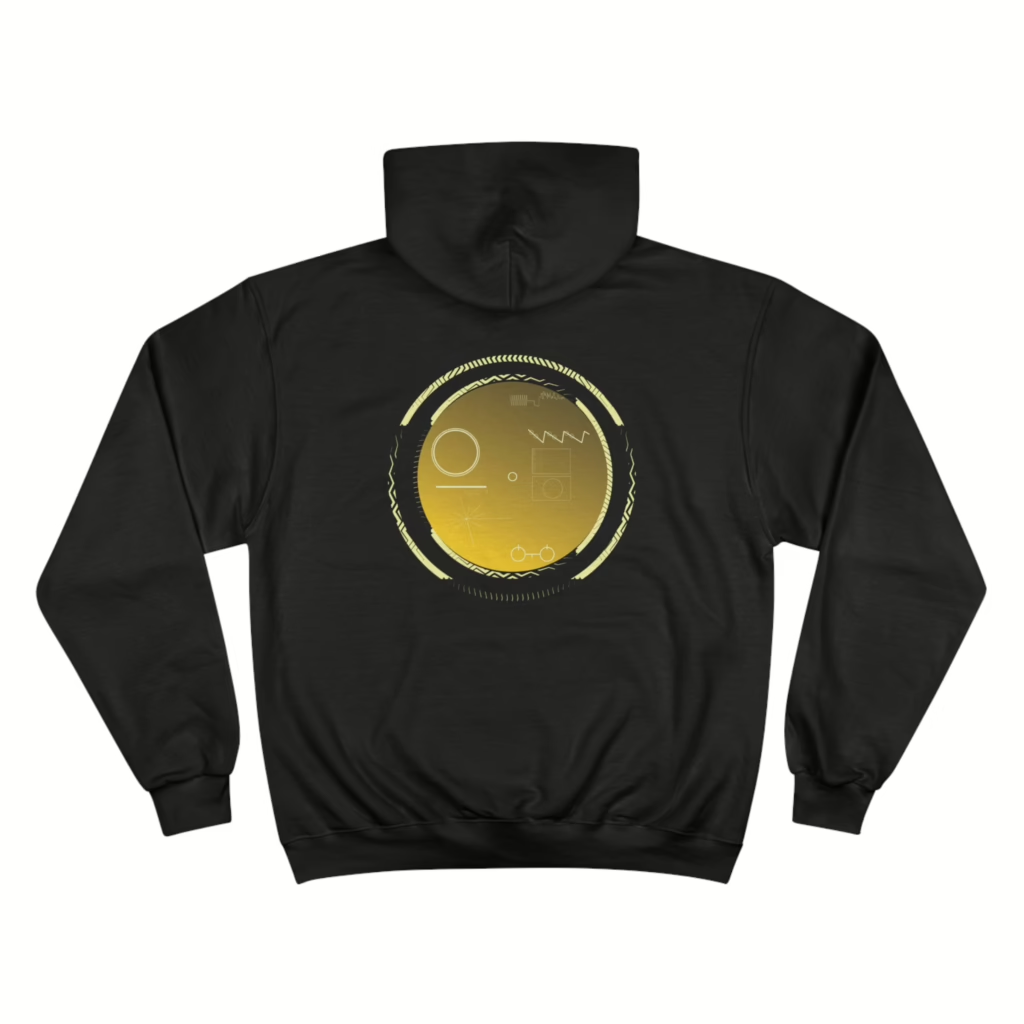
In the vast emptiness of space, two interstellar messengers carry an extraordinary artifact: the Golden Record. NASA launched it aboard Voyager 1 and Voyager 2 in 1977. This golden-plated phonograph disc serves as a cosmic postcard, capturing Earth’s essence for any potential extraterrestrial life that may find it.
What is the Golden Record?

The Golden Record is a 12-inch, gold-plated copper disc that holds a carefully curated collection of sounds, images, and scientific data. Carl Sagan, one of the most influential astrophysicists and science communicators, led the project.
Only two copies exist, traveling through space as a unique time capsule. It attempts to communicate our existence to any intelligent beings that might encounter it millions, or even billions, of years from now.
What’s on the Golden Record?
The record’s contents tell the story of our planet through universal language—sound, music, and images. It includes:

A map of our location, showing Earth’s position relative to pulsars for extraterrestrial navigation.
118 images of Earth’s landscapes, human anatomy, wildlife, and scientific achievements.
Natural sounds, such as crashing waves, thunder, birds chirping, and a baby’s laughter.
Greetings in 55 languages, from ancient tongues like Akkadian to modern languages like English and Mandarin.
A musical playlist spanning global cultures. It features Bach, Beethoven, Azerbaijani folk music, Peruvian panpipes, and Chuck Berry’s Johnny B. Goode.
Brainwave recordings capturing human thoughts and emotions.
Why Was the Golden Record Sent Into Space?

NASA’s Voyager mission aimed to explore Jupiter, Saturn, Uranus, and Neptune. Since the spacecraft would eventually leave the solar system, Sagan and his team saw an opportunity to send a message—one that could outlive humanity.
The likelihood of aliens discovering the record is slim, but its symbolic significance is profound. It reflects our curiosity, desire to connect, and hope that we are not alone in the universe.
Where Are the Golden Records Now?

Both Voyager 1 and Voyager 2 have crossed the heliosphere, the boundary marking the end of our solar system’s influence. Voyager 1, now the farthest human-made object from Earth, travels over 15 billion miles away.
If aliens ever find the records, it could be millions of years from now. Yet, their existence serves as a reminder of human ingenuity and our quest for meaning beyond our planet.
Will We Send Another Golden Record?
With advances in space exploration, scientists have proposed sending another interstellar message. The Breakthrough Message Initiative is exploring ways to design a new cosmic time capsule for future deep-space missions.
If we created a Golden Record 2.0, what should it include? Since 1977, technology, culture, and knowledge have evolved significantly. A new record could provide an even richer portrait of humanity.
Conclusion
The Golden Record is more than a message in a bottle tossed into the cosmic ocean. It is a testament to the human spirit. It encapsulates our art, science, diversity, and longing to be understood, even by beings we have never met.
Whether or not it is ever received, its purpose remains fulfilled: to say “we were here.”
Listen to the Golden Record
Check the drip

